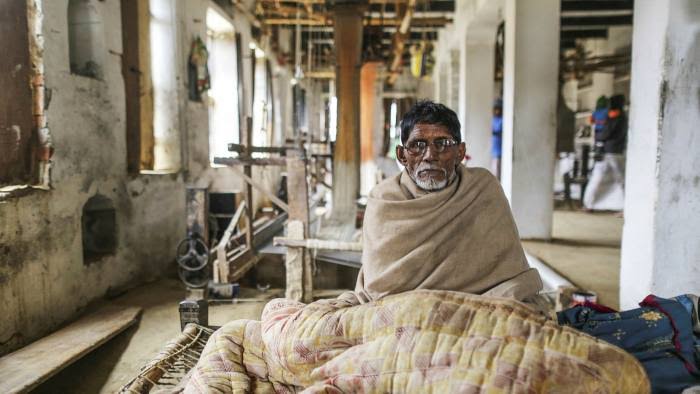PM Modi said India received huge benefits from the 21-day lockdown in checking the pandemic and added that the country has dealt with the situation better with limited resources. “People have gone through hardships to save India. I know how many difficulties you faced. I respectfully bow to the people of India for their sacrifice,” PM Modi said.
India has extended the nationwide coronavirus lockdown by another three weeks. Extending the lockdown, Prime Minister Narendra Modi said, "It looks a costly affair if one considers [lockdown] from economic perspective only."
But how costly has the first phase of the three-week lockdown been?
This question must have been debated at the highest levels in the government. A concrete official figure may be presented when the novel coronavirus crisis is over and focus will completely be on economic recovery.
The 21-day lockdown cost for India at around Rs 7.5 lakh crore. Simply put, India could have added Rs 7.5 lakh crore to its GDP from March 25 to April 14 had there been no coronavirus lockdown.
If the same estimate is spread over the coronavirus lockdown 2.0, the loss to India's GDP could be around Rs 15 lakh crore.
The government has announced a coronavirus stimulus package of Rs 1.7 lakh in March under the PM Gareeb Kalyan scheme. But experts pointed out that of all the money announced by the government for infusion into the system, only Rs 70,000 crore was fresh money. Rest had already been provisioned in the Union Budget.
The government is focusing on procurement of foodgrains on a massive scale this year. This is aimed at supporting farmers who are badly hit by the untimely strike of the novel coronavirus, and also to beef up stocks for an anticipated increase in demands at the PDS shops.
This is the time of harvest in most parts of India. In advanced agrarian states, harvest depends largely on migrant labour force. But the sudden announcement of the nationwide lockdown saw thousands heading to their home states, mainly in the eastern and central India. The farmers in Gujarat, Punjab, Haryana and Western Uttar Pradesh were additionally hit by this sudden exodus of migrant labourers.
The government is likely to push Rs 1 lakh crore in rural Indian economy through foodgrain procurement. But this may not be enough given that the migrant workers who sent remittances from rich states to poor states are back in the high burden zones.
Consumption was already sagging in rural India that was thought to be extending the economic slowdown before novel coronavirus struck India in the first week of March. With loss of employment for agricultural labourers, and blue collar workers including those in the transport is a big challenge to the government. Rate of unemployment has already touched a record high.
According to the All India Motor Transport Congress (AIMTC), about 90 per cent of some 1 crore trucks - which are often considered the lifeline of India's retail economy - are off road. The AIMTC estimates that the first 15 days of nationwide lockdown cost the sector about Rs 35,200 crore.
In simple words, the Modi government will need to infuse massive funds into Indian economy the same time it starts working on its plan to exit from coronavirus lockdown in couple of weeks. This may need huge borrowing from outside and throw off fiscal prudence that the Modi government has been emphasizing on for six years. But taking this risk is possibly the best bet for the government.
Predictions by international agencies for India's economic growth are gloomy. The World Bank says India may grow at 1.5 per cent or a maximum of 2.8 per cent. Fitch Ratings put the GDP growth rate at 2 per cent, Moody's at 2.5, the S&P at 3.5 and the Asian Development Bank at 4 per cent.
With record high unemployment, record low economic activities and devastating beginning to new fiscal year, India cannot afford to grow at this pace in a defining year. The coronavirus pandemic may just have made the Modi government's aspirational goal of turning India into a $5 trillion economy by 2024-25 more distant than ever.
Leave a comment
Your email address will not be published. Required fields are marked *


